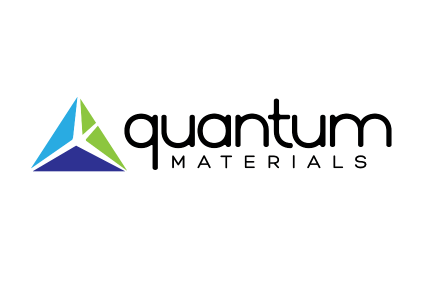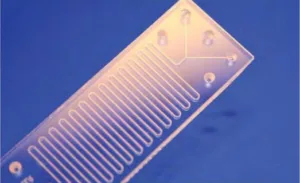It’s easy to miss, but on page 11 of Quantum Materials Corp’s latest quarterly report you can, if you choose, find “Note 6” entitled “Deferred Revenue.” But I won’t make you look.

Here’s the note:
 “During the three months ended September 30, 2015, the Company recorded $225,000 of deferred revenue. This represents full payment pursuant to the previously announced funded development agreement with Nitto Denko Corporation (the “Agreement”). The Agreement does not require specific deliverables by the Company, however it does place certain restrictions on the Company’s ability to communicate with a limited number of specifically named businesses during the four month term of the Agreement. Management does not believe that the restrictions have a material negative affect on the Company’s business prospects.”
“During the three months ended September 30, 2015, the Company recorded $225,000 of deferred revenue. This represents full payment pursuant to the previously announced funded development agreement with Nitto Denko Corporation (the “Agreement”). The Agreement does not require specific deliverables by the Company, however it does place certain restrictions on the Company’s ability to communicate with a limited number of specifically named businesses during the four month term of the Agreement. Management does not believe that the restrictions have a material negative affect on the Company’s business prospects.”
Now that’s interesting: a development agreement that requires no development, just sealed lips for four months. I asked the obvious questions of senior executives at QMC. They sounded like they really wanted to talk, but felt constrained by the Nitto agreement, as well as others. Fine. That leaves me free to speculate without being limited by those pesky things called facts.
So let’s speculate. Nitto and QMC chose to call their arrangement a “funded development agreement,” so let’s assume that’s what it is, even though it doesn’t require any “specific deliverables” from QMC. What product would require the joint development of a developer of quantum-dot material and manufactruring technologies and a very, very large maker of materials and components for many markets markets, including films for displays? That was too easy. I heard you shouting out your answers and you’re all right: it’s quantum-dot enhancement film. If Nanosys and 3M can do it, why not Quantum Materials and Nitto?
In another positive for AMC, admired display industry executive Sri Peruvemba recently joined the company’s board of directors. Peruvemba is known as an intelligent and insightful player, and is not likely to associate himself with a company that does not have some interesting cards up its corporate sleeve. When I asked him, Peruvemba said the cards are there but he’s not permitted to talk about them.
Speculative as the recent indications are, I’m getting interested in what the immediate future holds for QMC. Which leads to why I, and many other analysts, weren’t all that interested before. QMC was one of those technology start-ups that always seemed to have a new patent or test result to talk about, but never any customers or revenue. It wasn’t that the reported developments were uninteresting. The company’s initial material was a tetrapodal (rather than spherical) quantum-dot based on a Rice University patent. Then, QMC obtained the rights to a Bayer patent for a non-cadmium-based quantum-dot material, and seemed to lose interest in the tetrapods. The company was in pre-revenue mode for so long that industry observers didn’t take it seriously. I was in a impromptu conversation in a booth at Display Week 2015, and the mention of QMC brought forth derisive laughter.
Microfluidic reactor used to create QDs made by Micronit MicrofluidicsBut for some time, QMC has had something that is genuinely very interesting. That something is a continuous reactor-based manufacturing technology, in contrast to the batch processes used by Nanosys and QD Vision, the two main suppliers of quantum dots today. The advantages of a continuous process are ease of scalability as demand rises and the relatively ease of tuning the process for greater yields and tighter tolerances. But those advantages, considerable though they be, are only meaningful if QMC can find customers for the dots that the reactors produce.
Although the argument is speculative, at least one customer may soon be raising its head. When I get some facts to support my speculations (or not), you’ll be the first to know. Ken Werner
About the Author
Ken Werner is Principal of Nutmeg Consultants, specializing in the display industry, manufacturing, technology, and applications, including mobile devices and television. He consults for attorneys, investment analysts, and companies using displays in their products. You can reach him at [email protected]

